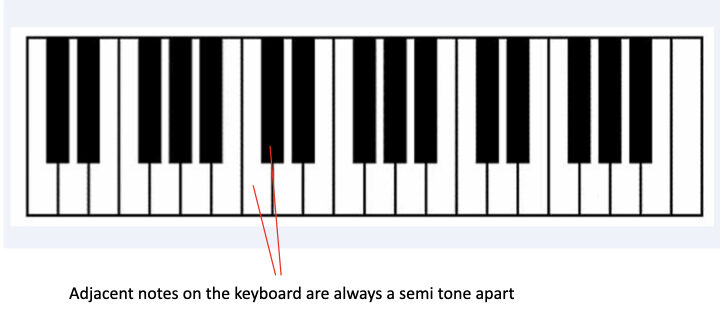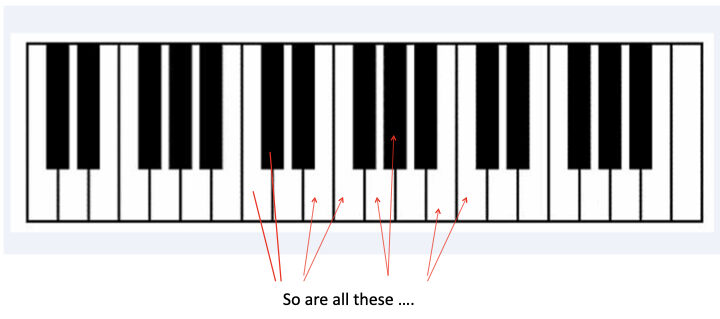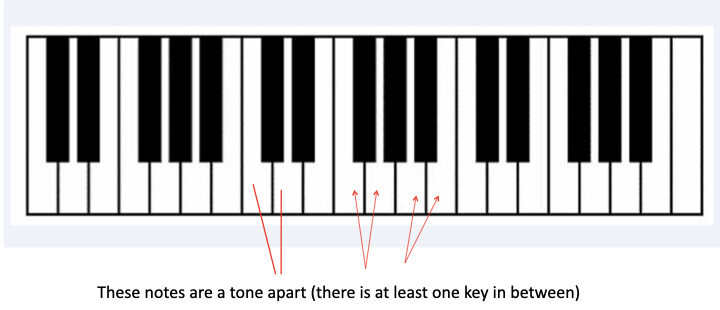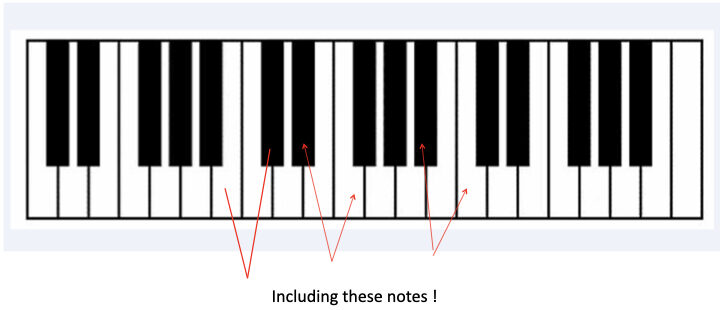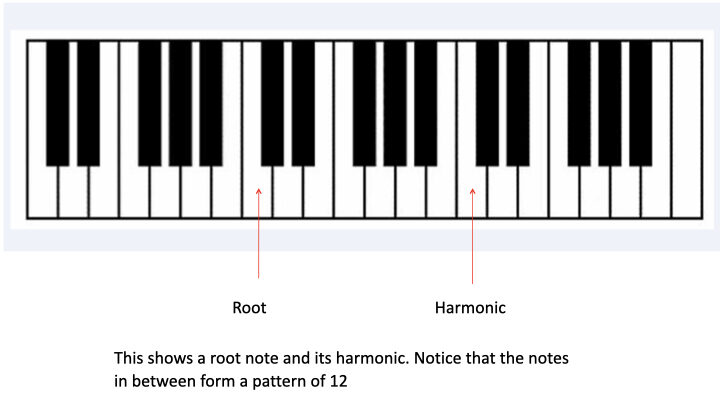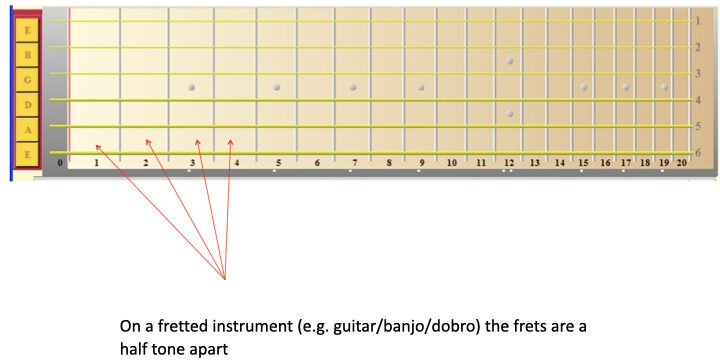Table of Contents
According to Wikipedia :
“Music is an art form whose medium is sound. Common elements of music are pitch (which governs melody and harmony), rhythm (and its associated concepts tempo, meter, and articulation), dynamics, and the sonic qualities of timbre and texture. The word derives from Greek ‘mousike'(art of the Muses)”
Music is therefore based on
- •Pitch
- •Rhythm
- •Dynamics
- •Timbre and texture
Pitch
A single musical note (i.e. ‘pitch’) is created by vibration – e.g.
- String (guitar, fiddle, banjo, etc)
- Reed (mouthorgan)
- Column of air (wind instruments)
- Vocal chord (human voice)
- Membrane (guitar amplifier)
The pitch of a note is controlled by the speed of vibration.
This speed is affected by size and length.
For example a thick guitar string vibrates slower than a thin guitar string of equal length. This is why different strings on a guitar have different pitches
Long strings vibrate slower than short strings – this is why notes get higher as a string is shortened when we press on the finger board
If we lightly touch the string half way along we hear the pitch become higher. This is because the string is now vibrating as two separate waves, and we are hearing a pitch which is the same as if we halved the length of the string. This is know as a harmonic, and its existence is central to the base of western music theory.
Harmonics
A string vibrates and creates a tone when it is plucked (or bowed). If the string length is halved the ‘same’ tone is produced but in a higher range. This is referred to as the ‘octave’ pitch of the original tone
If we lightly touch the string half way along its length, the string will vibrate as two separate waves, producing the same pitch as when the string is halved (although the sound is not as strong). Other tones are produced when we touch the string at different places – e.g. a third of its length, a quarter of its length.
As we will see later these harmonics are a key factor in how our scale notes are related
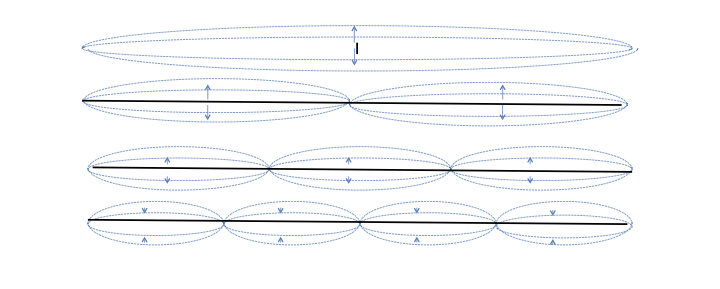
Tones and SemiTones
The gap between the root tone and its harmonic is divided into 12 equal intervals, which we know as ‘notes’ and these are what are used to make up scales and chords. We can see these intervals represented visually when we look at a piano keyboard or a fretboard on an instrument such as a guitar/dobro/banjo. Slightly confusingly, each of these intervals is known as a semi-tone, and therefore the distance between two of these intervals is known as a tone
